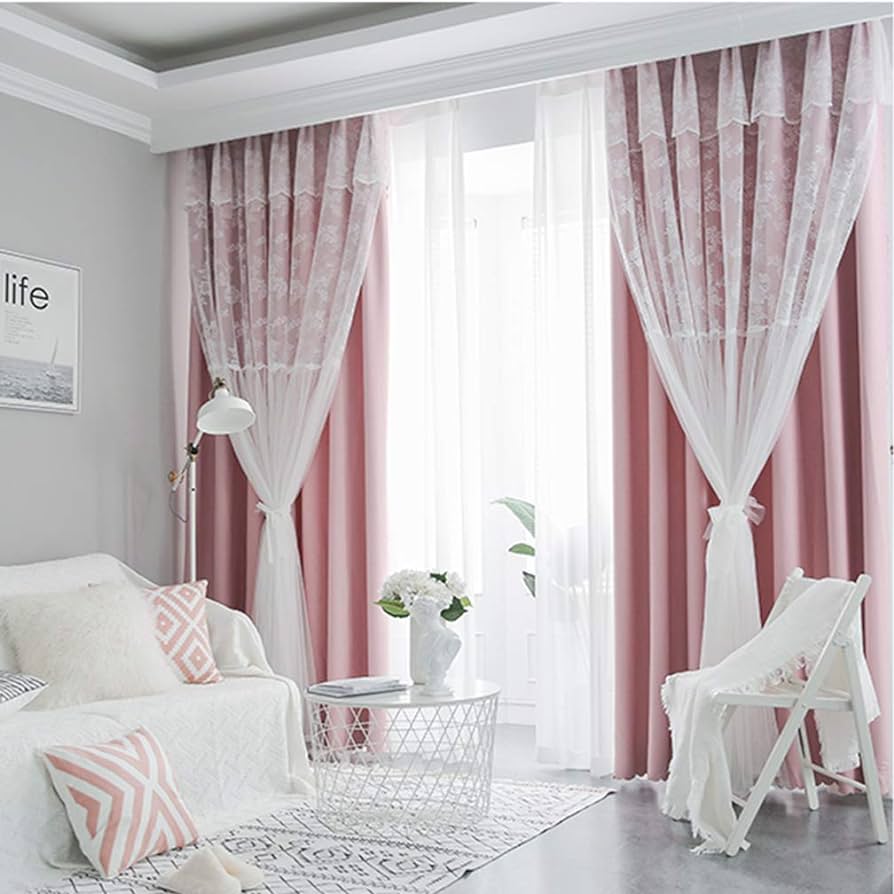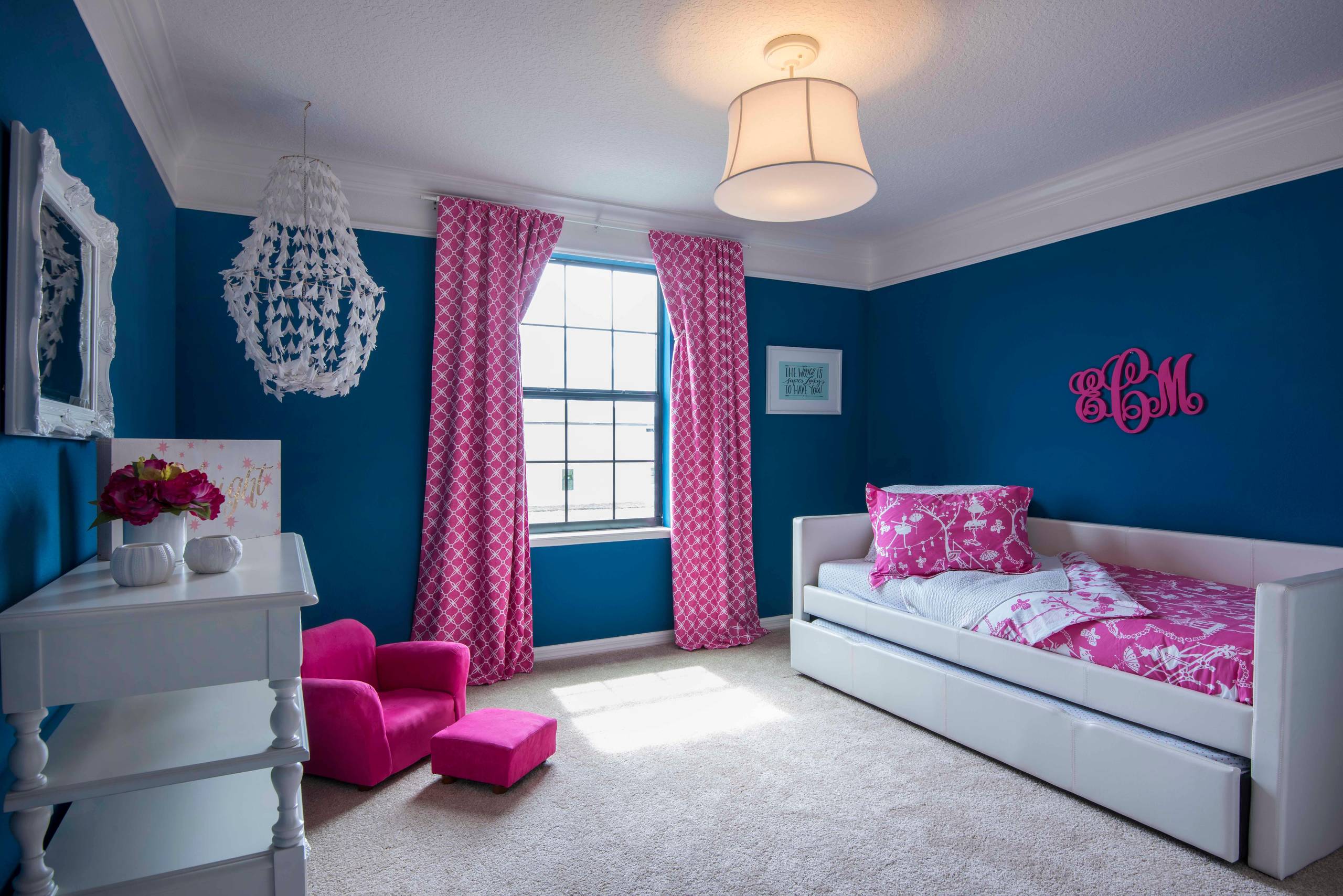Introduction
Curtains is more than just a functional accessory for your windows- They are the unsung heroes of your home decor. They have the power to completely transform a room, setting the mood, controlling light, and even affecting the temperature. Whether you’re aiming to create a cozy retreat in your bedroom, a bright and airy living space, or a dramatic focal point in your home, choosing the right curtains can make all the difference. In this ultimate guide, we’ll walk you through every step of selecting, hanging, and styling , helping you make informed choices that not only enhance your space but also reflect your personal style. Let’s dive in and find the perfect curtains for your home!
Understanding Curtains
They are not just fabric hanging on rods; they play an essential role in your home’s aesthetics and functionality. They provide privacy, control light, and can even help with insulation. Historically, they have been used to keep warmth in during the cold months and keep rooms cool during hot weather. Today, they are also a way to express personal style and taste.
1. Types of Curtains
Understanding the different types of curtains can help you select the best options for your space.
- Sheer Curtain: These are lightweight and semi-transparent, perfect for filtering light without completely blocking it. They work well in kitchens and living rooms where privacy is not a major concern. An example would be using sheer curtain in your dining area to soften the sunlight and create a warm atmosphere.
- Blackout Curtain: Ideal for bedrooms and home theaters, they block out almost all light, making them perfect for sleeping during the day or watching movies in the dark. For instance, if you live in a city where streetlights are bright at night, blackout curtain can create a serene sleeping environment.5 Reasons to Have Blackout Curtains
- Thermal Curtain: These are heavy-duty curtains designed to insulate your room, keeping it warm in winter and cool in summer. They are great for older homes with poor insulation or large windows. A practical example would be using thermal curtains in a sunroom where temperatures can fluctuate significantly.
- Rod Pocket Curtain: These have a pocket sewn into the top where the curtain rod slides through. They are easy to install and ideal for casual settings like kitchens or bedrooms. Imagine using rod pocket curtains in a small bedroom to allow easy movement and adjustability.
- Grommet Curtain: These curtains have metal rings at the top through which the curtain rod slides. They offer a modern look and work well in contemporary spaces. For instance, if you have a modern living room with clean lines, grommet curtains can complement this style perfectly.
- Tab Top Curtain: These feature fabric loops or tabs at the top through which the curtain rod passes. They are casual and work well in cottage or country-style settings. A great use case would be in a cozy reading nook where a more relaxed atmosphere is preferred.
- Pleated Curtain: They have pleats sewn into the top and are often used for a formal look. They work well in dining rooms or offices where a tailored, sophisticated appearance is desired.

3. Choosing the Right Curtain Material
The fabric you choose can significantly affect how they look, feel, and perform in your space. You can Refer to our article on Complete Guide to Choosing best Curtain Fabric.
- Cotton: Soft, breathable, and easy to maintain is great for everyday use. They come in various weights and textures, making them versatile for different settings. For example, using a heavier cotton fabric can provide some insulation, while a lighter one is perfect for creating a relaxed, breezy feel.
- Linen: Known for its casual elegance, linen curtains can add a touch of sophistication without being too formal. They can wrinkle easily, but their relaxed look makes up for it. Imagine using linen curtains in a beach house to create a light, airy feel.
- Velvet: Luxurious and heavy, velvet curtains are great for sound absorption and insulation. They are perfect for rooms that require warmth and a plush feel, such as a bedroom or living room. A practical example would be using these in a city apartment to block out noise and maintain privacy.
- Polyester: Durable and budget-friendly, polyester curtains are available in various textures and styles. They are easy to clean and maintain, making them a great option for busy households. For example, they can be used in a family room where spills and stains are common.
Each fabric has its advantages and drawbacks, so consider what’s most important for your space—whether it’s light control, insulation, or style.
4. Measuring for Curtains
Getting the measurements right is crucial to ensure your curtain fit perfectly and look their best.
- Height: Curtains should be hung high above the window to create the illusion of taller ceilings. A good rule of thumb is to hang them about 6 to 12 inches above the window frame. For example, if your window is 60 inches tall, hang it around 72 inches high.
- Width: Measure the width of your window and add at least 12 inches on each side for fullness. This will allow it to cover the window fully and drape beautifully when drawn. For a window that’s 48 inches wide, aim for curtains that are 72 inches wide.
- Step-by-step guide: Use a tape measure and a pencil to mark the starting and ending points. Measure from the top of the window frame to where you want the curtains to end. It’s also a good idea to measure the rod placement to ensure the it will cover the window properly.
- Common mistakes: Avoid hanging curtains too low, which can make the space feel cramped. Also, don’t go too narrow with the curtains—this can make the window appear smaller than it is.

5. Hanging Techniques
Once you have your curtains, it’s time to hang them properly.
- Choosing the right rod: The rod should be at least one and a half times the width of your window for a fuller look. For example, if your window is 60 inches wide, choose a curtain rod that’s at least 90 inches.
- Placement: Hang your curtains high—at least 6 to 12 inches above the window frame. This makes the room feel larger and the windows more prominent. If you have a shorter ceiling, consider mounting the rod just below the ceiling to create height.
- Layering curtains: Consider using a double rod setup to layer sheer and heavier drape. This is especially useful in bedrooms or living rooms where you need privacy but also want to let in light. An example would be using sheer curtains during the day and blackout curtains at night.
- Hardware options: Brackets, finials, and rings can all affect the final look of your curtains. Choose a style that complements your decor—simple brackets for a modern look, ornate finials for a more traditional space.
6. Styling Ideas for Curtains
Curtains can be used to define spaces and enhance the decor of a room.
- Matching to different decor styles:
- Minimalist: Choose solid colors and simple fabrics—think neutral shades like white, beige, or grey. For example, using light grey curtains in a modern living room with clean lines and minimal furniture.
- Bohemian: Mix patterns, textures, and bold colors—think florals, ethnic prints, and rich tones. For instance, using bold, patterned curtains in a living room with eclectic decor.
- Modern: Sleek, tailored curtains in solid colors or geometric patterns work well. An example would be using deep blue color in a room with minimalist furniture and a monochromatic color scheme.
- Rustic: Natural fabrics, like linen or burlap, can create a cozy, inviting feel. Imagine using natural linen curtains in a rustic kitchen to complete the farmhouse look.
- Mixing and matching curtains: Use curtains to define spaces—try using sheers for one area and heavier one for another. For example, using sheer curtains in an open-plan dining area to create a defined, cozy space.
- Using curtains as focal points: Hang curtains around a doorway or window to draw attention to that area. This is especially effective in smaller spaces where you want to make a big impact.

7. Curtain Care and Maintenance
To keep your curtains looking fresh and new, regular care is necessary.
- Cleaning curtain:
- Hand washing: Use mild detergent and cold water for delicate fabrics like linen or velvet.
- Machine washing: Most polyester fabric can be machine washed on a gentle cycle with cold water. Be sure to use a mesh laundry bag to prevent snags.
- Dry cleaning: For curtains that require special care, such as blackout or thermal curtains, consider dry cleaning to avoid damage.
- Ironing tips: Hang curtains while they’re still slightly damp to minimize wrinkles. Use a steam iron on the back of the fabric to smooth out creases.
- Preventing sun damage: Use UV-protective sprays on curtains that are exposed to direct sunlight. This will help prevent fading and prolong the life of your curtains.

8. Seasonal Updates
Changing it with the seasons can keep your space feeling fresh and updated.
- Spring/Summer: Choose lighter fabrics like cotton or linen in light, airy colors. Patterns like floral or geometric can also add a playful touch. Imagine using light blue or green curtains to bring a fresh, summery vibe to your space.
- Fall/Winter: Opt for heavier fabrics like velvet or thermal curtain in deeper, richer tones—think burgundy, forest green, or navy blue. This helps create a cozy atmosphere as the weather gets cooler.
- Creating a cozy atmosphere: Layer curtains with sheers during the warmer months and switch to heavier curtains when the weather gets colder. This approach adds both style and functionality to your space.
9. Conclusion
Curtain is more than just window coverings—they’re a statement piece that can transform a room. With the right choice of fabric, style, and placement, you can elevate your home decor and create spaces that reflect your personal taste. Whether you’re looking for privacy, light control, or a way to refresh your space, this guide has given you the tools you need to make the right choices.
Don’t forget to share your curtain styling tips and ideas with us in the comments below. And for more inspiration, check out our related posts on home decor and styling.

